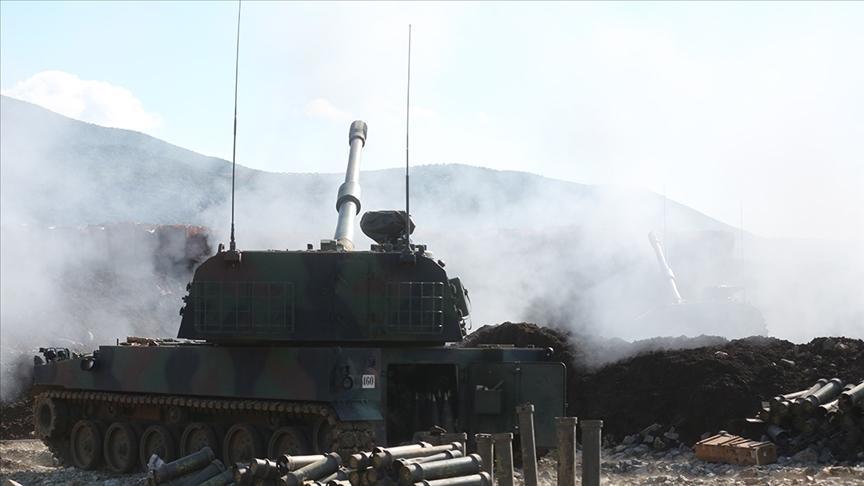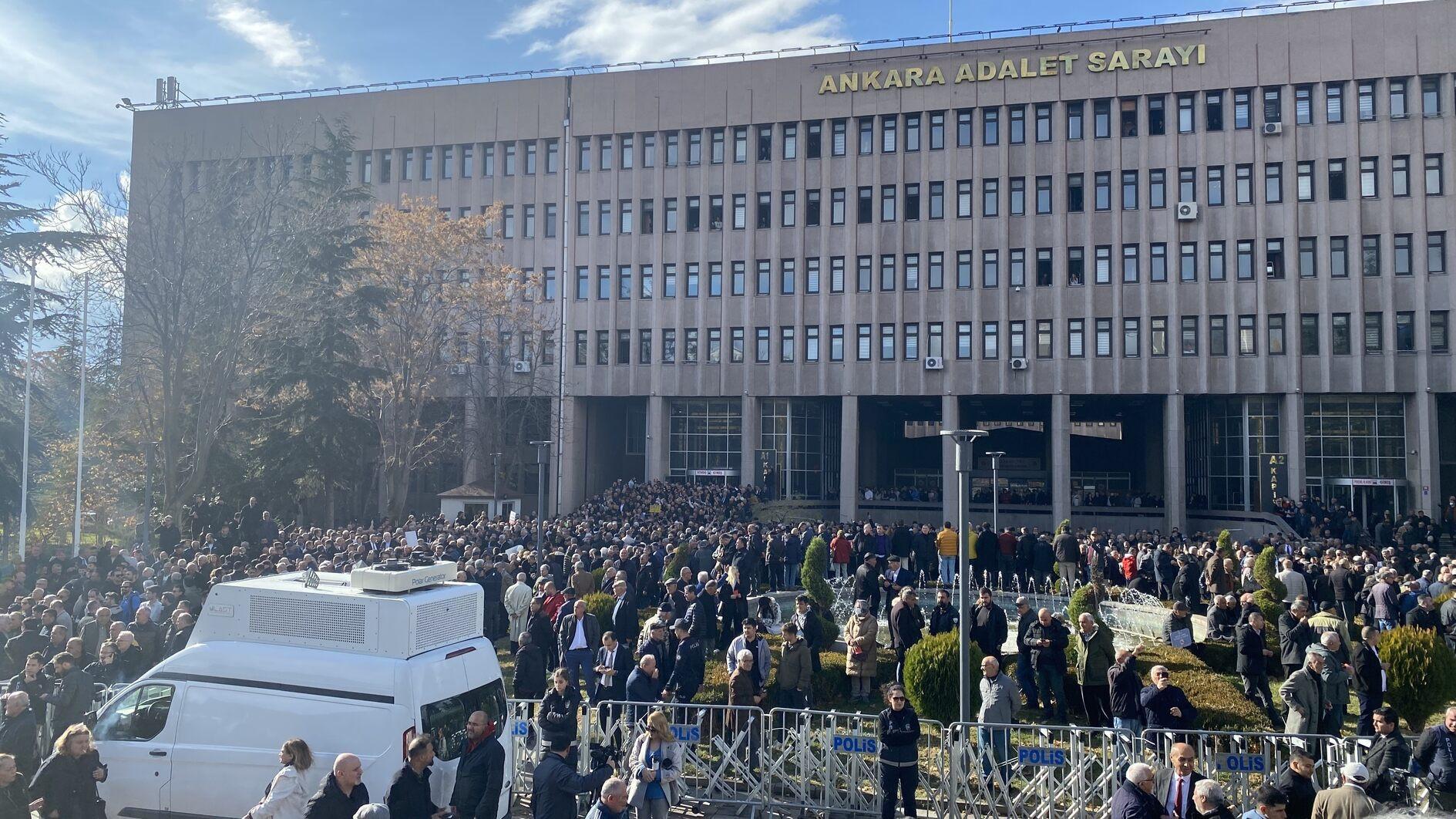Paker’s elements emerge from fragments of her life
ISTANBUL - Hürriyet Daily News
 Seza Paker’s works may be described with words such as reflection, memory, time and life.
Seza Paker’s works may be described with words such as reflection, memory, time and life. Her current exhibition at Galerist highlights works of hers that have been classified as examples of “protéiform” (drawing, performance, video, photography, sound installation). Named after the lunar mare “Sea of Tranquility,” the exhibition sees the artist approach inertia as imagery of the sea while also using it as a metaphor for emptiness; contemplating the nature of still water in order to converge conceptual, artistic, and political views in her works. The show presents the audience with newly created and never before seen collages alongside older works that have been personally archived by the artist for years.
Memory and time
The first section of the exhibition serves as a sort of memory lane with designs abstracted from the photographic archive of Paker’s father presented alongside their original source material. The series titled “The Day after the Wedding” (1986) and “The Day after Anabelle’s Performance” (2002) use fragmented photographs to create a visual narrative that sees them liberated from their existing boundaries and repositioned on a personal level, in line with the artist’s own vision. In general Paker’s art is known to float independent of time and space and “Sea of Tranquality” is a very good example of this. Paker brings together small details as she creates her works. Venues such as Paris, Palestine, small French counties and Istanbul are reflected as stories in various artworks created by Paker. The stories Paker tells through her art range from those of ordinary life, marriage, an artistic performance and archive photography. Many refer to the Middle East’s Palestinian Issue and 19th century Orientalism, each of them a part of her life and her own personal memories. Each of Paker’s works has a close relationship with another. Paker likes to use layers in her works, making them complex and hard to define. As an artist living both in Paris and Istanbul, it is impossible to say whether her works belong to a certain city or country. They are simply a part of Paker’s life as she uses her memories and her history in her works.
Reflections and layers
Paker uses her father’s photography archives in her work, adding life to the old memories preserved through the photographs.
Paker’s father’s archive gives her audience the chance to discover a new notion in her works-that of reflection and layers. Layers amplify the stories woven into the works, according to Paker. The fragments, which Paker refers to as pieces, become a new story in themselves and from this new story she discovers a new beginning in her works. While in the past, most of her works included voice installations, with this exhibition Paker rests in silence. “In each work I focus on something different. Sometimes it is only a voice sculpture and sometimes diaporama.
As part of the exhibition, some of Paker’s existing works is joined by new collages made using a combination of tracing papers and drawings. These works see the artist initially create various physical layers that are then separately shredded later to create cavities, shadows and new forms. She recreates a texture, form, color or memory before presenting it in a different context to the viewer on an intellectual journey to a different time and place. Exhibition continues until Jan. 12 at Galerist.
















